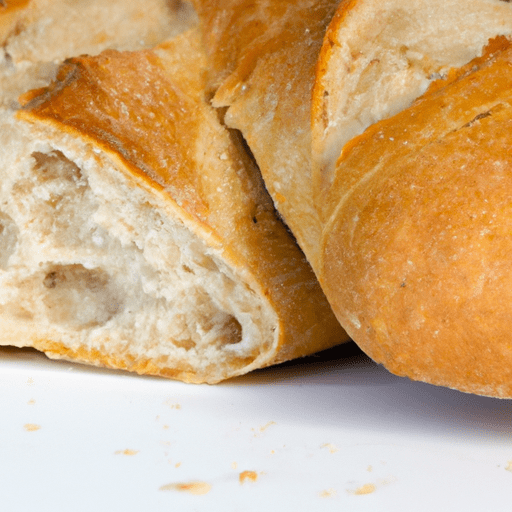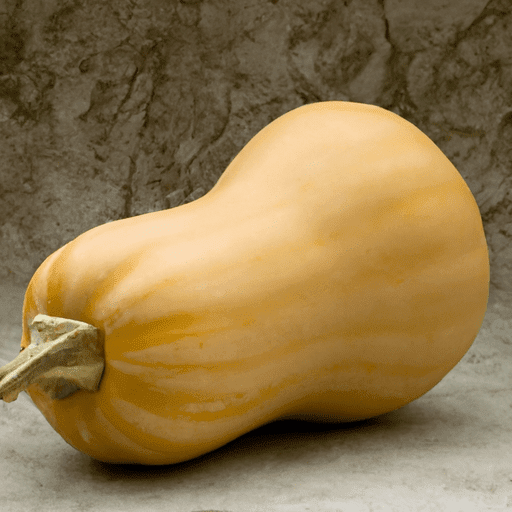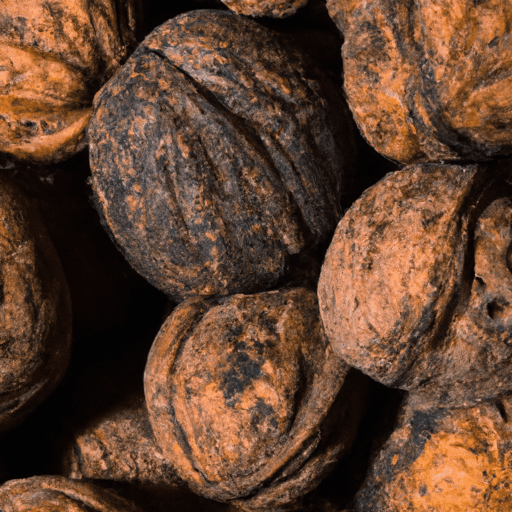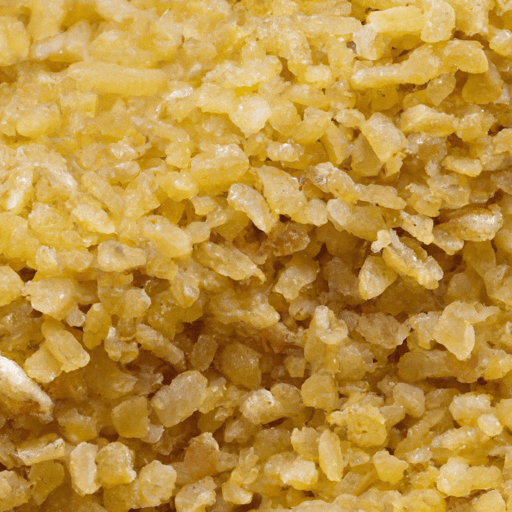Celebrating the French Loaf: A Delightful Culinary Staple
When it comes to bread, few options can rival the class and versatility of the French loaf. With its iconic long, slender shape and crusty exterior, this beloved culinary staple has captured the hearts of bread enthusiasts worldwide. In this blog post, we will delve into the enticing world of the French loaf, exploring its taste, common uses in cooking, nutritional value, and uncovering a few interesting historical facts along the way.
An Exquisite Taste Experience
The French loaf offers a taste experience like no other. Renowned for its simple yet complex flavor profile, this bread captivates your senses from the very first bite. The crust boasts a beautiful golden-brown hue, giving way to a soft and chewy interior. Its delightful aroma, a harmonious blend of toasted grains, flour, and a hint of sweetness, entices even the most discerning palates.
Versatile in the Kitchen
The French loaf’s versatility in cooking is truly outstanding. It serves as an exceptional accompaniment to a wide variety of dishes and occasions. Famously used for creating mouthwatering sandwiches and paninis, it adds a perfect base for an array of ingredients, from flavorful deli meats to tangy cheeses and crisp vegetables.
Additionally, the French loaf is a remarkable complement to soups and stews. When toasted and sliced, it becomes an ideal vessel for sopping up delectable broths, allowing the flavors to meld into a comforting symphony. Even as the foundation for bruschetta or crostini, it effortlessly carries various toppings, offering a satisfying crunch with every bite.
Nutritional Value
While the French loaf is undeniably a treat for the taste buds, it also offers some nutritional benefits worth mentioning. As a source of carbohydrates, it provides the energy necessary for our daily activities. Moreover, it contains essential nutrients such as dietary fiber, minerals like iron and selenium, and B-vitamins crucial for maintaining a healthy immune system.
However, moderation is key, as the French loaf can be relatively high in calories. Balancing its consumption with a range of other nutritious foods ensures a well-rounded diet.
A Fascinating History
To truly appreciate the French loaf, we must explore its captivating history. Dating back to the early 18th century, this bread emerged during the reign of Louis XIV, known as the Sun King. It was during this period that a Parisian law dictated bakers could only produce bread in the shape of a loaf. This decree birthed the iconic long, thin form we recognize today.
Over time, the French loaf gained popularity both within France and beyond, becoming a symbol of French gastronomy. Its influence has spread worldwide, delighting countless individuals and earning its rightful place on tables across the globe.
Conclusion
The French loaf’s distinct flavors, culinary versatility, and rich history make it an essential part of any bread lover’s repertoire. Whether enjoyed as part of a delightful sandwich, dipped into a comforting soup, or explored in various other culinary creations, this delightful bread never fails to captivate our taste buds.
So, the next time you savor a freshly baked French loaf, take a moment to appreciate its enticing taste, appreciate its versatility, and celebrate the centuries of tradition and craft that have gone into creating this beloved gastronomic treasure.
French Loaf
- The French loaf, also known as a baguette, is a long, thin loaf of bread that is one of the staples of French cuisine.
- The baguette originated in France in the 19th century during a time when bakers were experimenting with different shapes and sizes of bread.
- The traditional French loaf typically measures around 65-70 centimeters (25-27 inches) in length and 5-6 centimeters (2-2.5 inches) in width.
- The exterior of the baguette is golden brown and crispy, while the interior is soft and light, with a slightly chewy texture.
- French loaves are made using a simple dough that consists of flour, water, yeast, and salt. The dough is fermented and then shaped into long, slender loaves before being baked.
- Baguettes are commonly used in France as the base for sandwiches, such as the famous “jambon-beurre” (ham and butter) sandwich.
- The French loaf is often served with cheese, butter, or pâté as part of a traditional French meal or alongside soups and stews.
- In terms of nutritional benefits, the French loaf is a source of carbohydrates, providing energy. However, it is relatively low in fiber and protein compared to whole-grain bread.
- The baguette has a unique property called “l’entame,” which refers to the crust breaking while keeping the crumb (interior) intact. This property is highly valued in French baking.
- The French loaf has gained considerable recognition worldwide as a symbol of French culture and is enjoyed not only in France but also in many other countries.




Use the share button below if you liked it.
It makes me smile, when I see it.